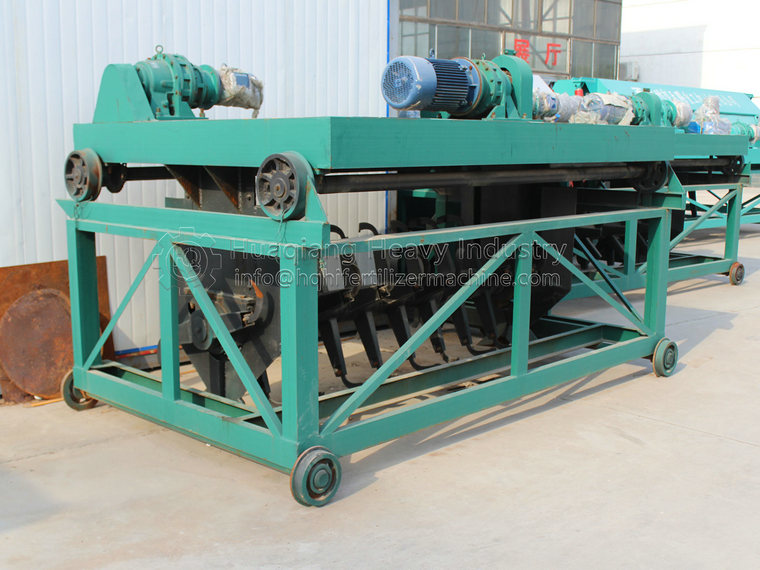What issues do disc granulators need to consider when granulating?
Many granulation processes begin with the pretreatment of fines with moisture. The material is first pretreated and then fed into a disc granulator, where it is collected by the rotation of the disc. Centrifugal force and gravity allow particles of different sizes to be sorted on the disc. Small particles form on one side of the disc, and as their size increases, they work towards the discharge side of the other side of the disc. Moisture and feed ingredients are added, combined with rotating discs, shocks and dense loose seeds to help them grow into smooth round pellets. Once the particles have reached the desired size, they are discharged from the disc and dried in a rotary dryer.
In the production process of organic fertilizer equipment granulation, the raw materials are required to have a certain viscosity. Some raw materials are relatively loose after fermentation and are not easy to be granulated. It is necessary to add a certain amount of water or binder to increase the viscosity of the material. The granulation method adopted by the organic fertilizer equipment disc granulator and raw meal granulator, water or binder is added during the granulation process to ensure the smooth granulation of the material.
Disc granulator operation is often considered an art that goes beyond raw material viscosity and combines many mechanical and process variables to achieve desired granule properties. The variables that must be considered during operation of the pan granulator are outlined below:
Mechanical variables:
Translation angle, translation speed, nozzles (including nozzle number, location, type, etc.)
Process variable:
Raw material characteristics (fine/coarse; sticky/non-sticky), ratio of dry to wet product, binder type, required size of finished product, raw material moisture, feed rate, binder rate, etc.



.jpg)

.jpg)

.jpg)